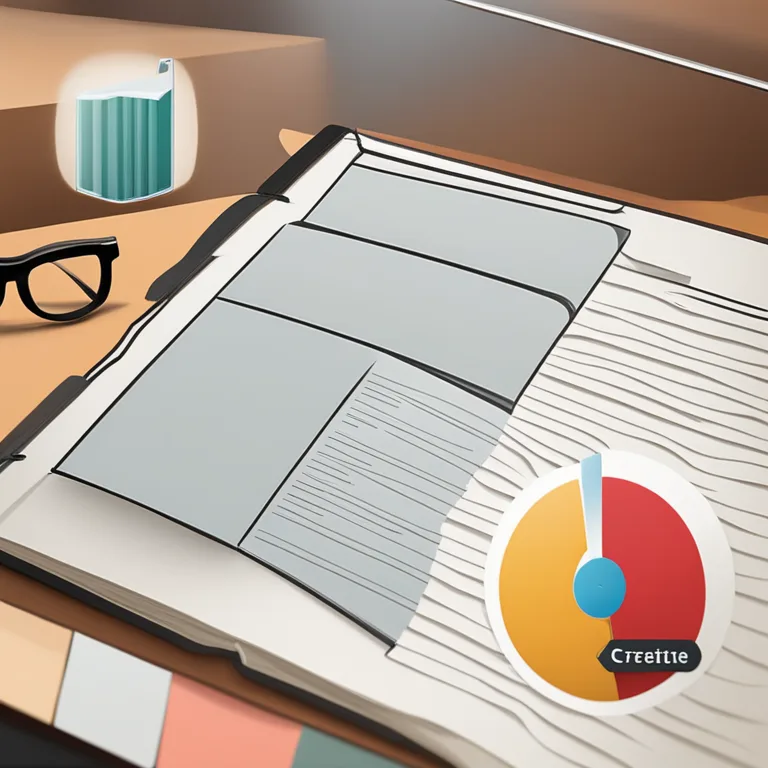
Master Meditation: Proven Tips for Inner Peace
Discover effective meditation tips that promote a tranquil mind and spiritual clarity, fitting for modern-day seekers of inner peace.
article by Hina Kurosawa
Begin with Intention
In the current era where our lives are increasingly dynamic and sometimes chaotic, setting a clear intention before meditating can help ground your practice. Starting with a specific purpose guides your focus and helps channel your energies toward achieving tranquility. Whether your goal is to calm the mind or seek deeper self-awareness, your intention acts as an anchor, steering you back when distractions arise.

Create a Sacred Space
Your environment significantly influences your meditation practice. Designate a serene spot in your home or office where you can retreat for meditation. This need not be an elaborately decorated area; a simple, clutter-free corner with elements that bring you peace—like a plant, a cushion, or a soft light can suffice. The consistency of a dedicated space conditions your mind to enter a meditative state with greater ease over time.

Embrace Technology Wisely
In 2024, technology offers various tools that can enhance your meditation experience. Apps that provide guided meditations or soothing sounds can be helpful, especially for beginners. However, it's important to not become dependent on these aids. Use them as stepping stones, and gradually work towards meditating without any external support for a truly inward experience.

Mind Your Posture
Your physical posture is a vital aspect of meditation. Sit comfortably with your spine erect to maintain alertness without exerting tension on your back. Props like meditation cushions or chairs can help support your posture. Remember to relax your shoulders and place your hands gently on your lap. Comfort in posture ensures that physical distractions do not impede your concentration.

Timing and Consistency Matter
The benefits of meditation multiply with regular practice. Aim to meditate at the same time each day to cultivate discipline. Early mornings or evenings can be particularly conducive when the world is quieter. Yet, don't let a busy schedule deter you—shorter, more frequent sessions can also be effective. Even five minutes daily is a good starting point, especially with the high demands of contemporary life.
Breathing: The Pivotal Technique
Breath is a powerful tool in meditation. Techniques range from simple deep breathing to more complex methods like alternate nostril breathing. Starting with focused attention on your natural breath cycle can open up pathways to deeper practices. Remember, breathing during meditation should be gentle, deep, and regular—allow your breath to lead you into a state of relaxation and alertness.
Cultivate Patience and Compassion
Meditation is a journey, not a mere destination. It is common to encounter frustration or impatience, but these are opportunities for growth. Treat yourself with kindness and remember that every session contributes to progress. Over time, with patience and regular practice, meditation can facilitate profound transformations in your mind and spirit.
Published: 1/8/2024
Modified: 1/8/2024
More predictions
Come back here soon to learn more about yourself and your future


Finger Meditation Techniques
Discover the power of finger meditation to harmonize your body and mind, enhancing wellness and inner peace.


Meditation Techniques: A Handbook
Discover the breadth of meditation methods to enhance your wellness journey.


Meditation: Finger Techniques Explored
Discover the art of finger meditation to harmonize body, mind, and spirit through ancient practices for modern wellness.